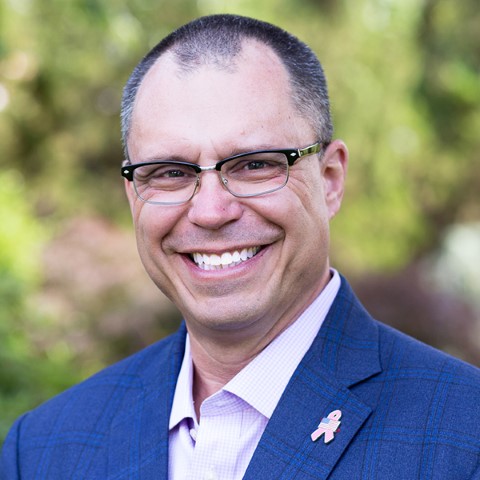What’s the best way to convince someone to make a change? Most people mistakenly begin by listing the reasons. But, according to Dr. Michael Pantalon, senior research scientist at the Yale School of Medicine, executive coach and author of the book Instant Influence, it’s more effective to ask a person why they are considering making a change in the first place.
Say you’re meeting with a plan sponsor client to discuss their priorities for the coming year. According to a survey conducted by Capital Group, these priorities could include things like improving participant outcomes and participant engagement, or evaluating a target date series.
Our survey also revealed that even though DC plan sponsors identified improving participant outcomes as their top priority, many had not yet implemented consultants’ recommendations, such as utilizing auto-enrollment or auto-escalation, or completing an investment re-enrollment. There was a stark contrast between the advice the consultants provided and their actual implementation in retirement plans.
So, how might you go about getting a plan sponsor to take action on one or more of their top priorities? Applying the Instant Influence technique, the best way to convince someone to make a change is to ask them why they are considering making a change in the first place. You begin by asking a series of questions:
- “Why might you want to make a change?”
- “On a scale of 1 to 10, with 1 meaning ‘not the least bit ready’ and 10 meaning ‘totally ready,’ how ready are you to make that change?”
- “Why didn’t you pick a lower number?”
“The last question catches everyone off guard,” writes Pantalon. If the person you’re trying to influence has even a faint desire to do something, they will begin explaining their reasons. They move from defending their current behavior to articulating why, at some level, they want to behave differently. And that, Pantalon says, allows them to clarify their compelling personal reasons for making a change, which increases the chances that they actually will.
Ask, “Why might you want to conduct an investment re-enrollment?” Then, listen carefully to the reasons they give you. If they say, “Because I think an investment re-enrollment will help get more employees into the retirement plan,” dig deeper, and ask “Why is that important to you?” They may say, “Because I know that having more employees that are ready to retire when they turn 65 will save me money in the long run.” Or, they may say, “Because I need to protect my company from liability.”
Keep digging until you have uncovered at least one positive, genuine reason for making the change. As Pantalon says, “It doesn’t have to be emotional, but just something that really connects.” The more compelling the reason is to the client, the better they will remember the conversation and the more likely they are to follow through with next steps.


